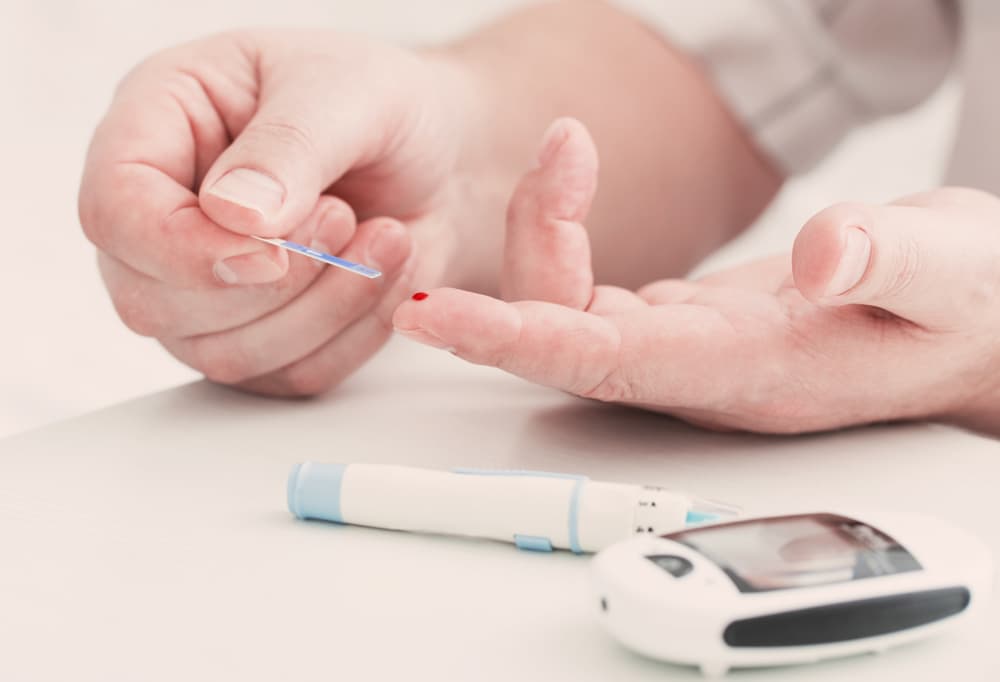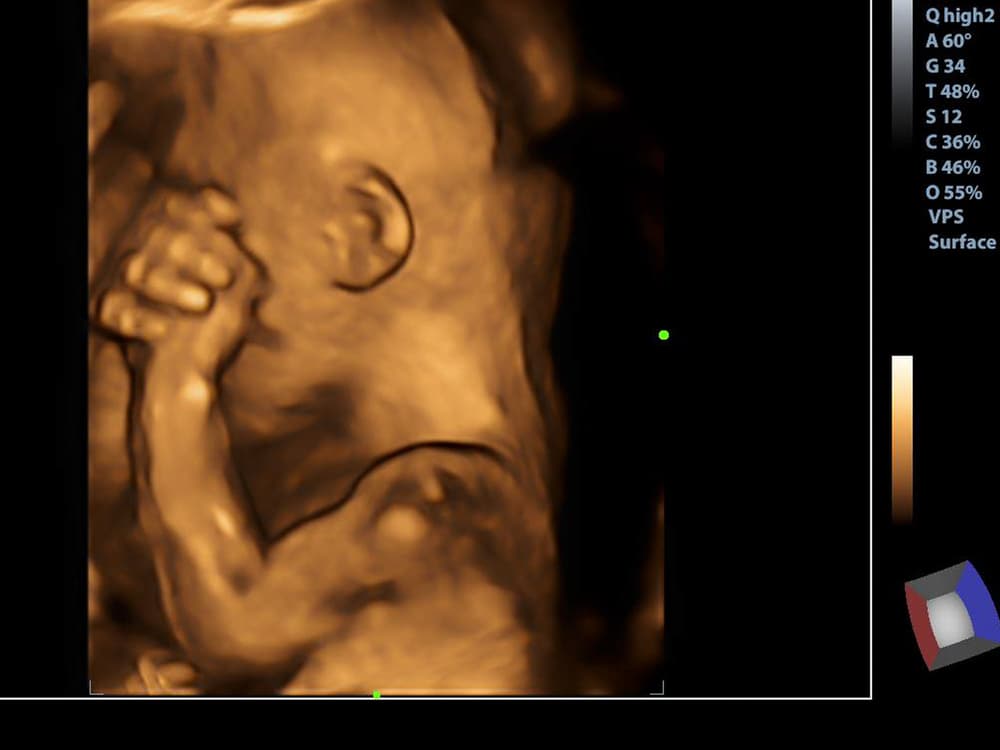Contents:
Medical Video: How to Submit a Stool Sample for Testing
Definition
Is that fecal examination?
Stool examination is a series of tests performed on faecal samples (feces) to help diagnose certain conditions that affect the digestive tract. This condition can include infection (such as from parasites, viruses, or bacteria), absorption of bad nutrients, or cancer.
For faecal examination, faecal samples are collected in a clean container and then sent to the laboratory. Laboratory analysis includes microscopic examinations, chemical tests, and microbiological tests. Stool will be examined for color, consistency, amount, shape, smell, and the presence of mucus. Stool can be checked for blood, fat, meat fibers, bile, white blood cells, and hidden sugars called reducing agents. PH stool can also be measured. Stool cultivation is done to find out whether bacteria can cause infection.
When do I need to undergo fecal examination?
Stool examination is carried out for:
- help identify diseases of the digestive tract, liver, and pancreas. Certain enzymes (such as trypsin or elastase) can be evaluated in feces to help determine how well the pancreas is functioning
- help find the causes of symptoms that affect the digestive tract, including prolonged diarrhea, bloody diarrhea, increased gas count, nausea, vomiting, loss of appetite, bloating, abdominal pain and cramps, and fever
- examination of colon cancer by examining occult blood
- look for parasites, like pinworms or Giardia
- look for causes of infection, such as bacteria, fungi, or viruses
- check for poor absorption of nutrients by the digestive tract (malabsorption syndrome). For this test, faecal samples are collected over a 72-hour period and then examined for fat (and sometimes for meat fibers). This test is called a 72-hour faecal collection or quantitative fat test
Prevention & warning
What should I know before undergoing fecal examination?
Stool culture is done to find out the cause of the infection, such as bacteria, viruses, fungi, or parasites. Stool examination to measure trypsin or elastase is not as reliable as a sweat test to detect cystic fibrosis.
Process
What should I do before undergoing fecal examination?
Many drugs can change the results of this test. You need to avoid certain medications, depending on the type of stool you are undergoing. You may need to stop taking medications such as antacids, antidiarrheal drugs, antiparasite drugs, antibiotics, laxatives, or nonsteroidal anti-inflammatory drugs (NSAIDs) for 1 to 2 weeks before you take the test. Be sure to tell your doctor about all the prescription and nonprescription medicines you are taking.
Be sure to tell your doctor if you:
- just had an x-ray using barium contrast material, such as a barium enema or upper digestive series (barium swallow). Barium can interfere with test results
- just been traveling in the last few weeks or months, especially if you have traveled abroad. This helps your doctor to see parasites, fungi, viruses, or bacteria that might cause problems
If your stool will be tested for blood, you may need to avoid certain foods for 2 to 3 days before the test. This depends on the type of stool test you are using. Do not do tests during the menstrual period or if you have active bleeding or hemorrhoids. If you are unsure about how to prepare it, ask your doctor for help.
What is the process of checking feces?
This check requires your faecal sample.
There are many ways to collect samples:
- You can store the stool in a loose plastic wrap that is placed above the toilet hole (on the toilet seat). Then transfer a portion of the sample into a clean container
- test kits are available that supply special toilet paper that you can use to collect samples. After collecting the sample, you will put it in a container
- do not mix urine, water or toilet tissue with a sample of fese
For children who wear diapers:
- wrap diapers with plastic wrap
- position the plastic wrap so that it will prevent the mixing of urine and feces. This will provide a better stool sample
What should I do after undergoing fecal examination?
Give samples to the laboratory as soon as possible. Do not let toilet tissue or urine in the sample.
Explanation of Test Results
What do the test results mean?
Normal scores on this list (called reference ranges only serve as a guide. This range varies from one laboratory to another, and your laboratory may have a different normal score. Your laboratory report will usually contain what range they use. Your doctor will also check your test results based on your health condition and other factors, which means that if your test results are in the abnormal range in this guide, it could be in your laboratory or for your condition the score is in the normal range.
Stool examination results usually come out at least 1 to 3 days.
| Stool examination | |
| Normal: | Stool looks brown, soft, and is in constant shape |
| Stool does not bleed, runny, festering, does not contain undigested meat fibers, harmful bacteria, viruses, fungi, or parasites | |
| Cylindrical stool | |
| Stool pH ranges from 7.0–7.5 | |
| Stool contains less than 0.25 grams per deciliter (g / dL) (less than 13.9 mmol per liter (mmol / L) sugar as a reducing factor | |
| Stool contains 2-7 grams of fat per 24 hours (g / 24h) | |
| Abnormal: | Stools are black, red, white, yellow or green |
| Liquid or very hard stool | |
| Too much stool | |
| Stool contains blood, mucus, pus, undigested meat fibers, harmful bacteria, viruses, fungi, or parasites | |
| Stool contains low levels of enzymes, such as trypsin or elastase | |
| Stool pH is less than 7 or more than 7.5 | |
| Stool contains 0.25 g / dL (13.9 mmol / L) sugar as a reducing factor | |
| Stool contains more than 7g / 24h fat (if your fat consumption is around 100g per day) | |
Many conditions can change the results of fecal examination. Your doctor will talk to you about all abnormal results that might be related to your symptoms and medical history.
Abnormal value
High levels of fats in feces can be caused by diseases such as pancreatitis, stomach ulcers (celiac disease), cystic fibrosis, or other disorders that affect fat absorption. The presence of meat fibers in feces can be caused by pancreatitis. Feces with a low pH can be caused by poor absorption of carbohydrates or fats. Stool with a high pH can mean inflammation of the intestine (colitis), cancer, or the use of antibiotics. Blood in the stool can be caused by bleeding in the digestive tract. White blood cells in feces can be caused by inflammation of the intestine, such as ulcerative colitis, or bacterial infection. Rotavirus is a common cause of diarrhea in children. If diarrhea is present, testing can be done to look for rotavirus in feces. High levels of reducing factors in feces can mean digestive problems for some types of sugar. Low levels of reducing factors can be caused by canker sores (celiac disease), cystic fibrosis, or malnutrition. Medication pills such as colchicine (for gout) or birth control can also cause the reduction factor to be low.
Hello Health Group does not provide medical advice, diagnosis or treatment.











